CARES Act Explained
Congress has been working to provide economic relief to Americans as we navigate this global pandemic. The Families First Coronavirus Response Act was passed on March 18, 2020 which requires certain employers to provide employees with paid sick leave or expanded family and medical leave for specified reasons related to COVID-19.
In an effort to stabilize the economy, The House of Representatives passed the $2.2 Trillion Coronavirus Aid, Relief, and Economic Security (CARES) Act on March 27, 2020. The bill was passed unanimously to significantly impact the economy by providing loan forgiveness, enhancing unemployment insurance, supporting small businesses, and providing federal loans to industries severely impacted by the pandemic. In addition, it provides tax relief and incentives of both individuals and businesses.
- Individual Tax Relief
- Recovery Rebates
- Retirement Plans
- Charitable Contributions
- Student Loans Paid by Employers
- Business Tax Relief
- Employment Retention Credit
- Payroll Tax Deferral
- Net Operating Losses
- Minimum Tax Credits
- Business Interest Expense Limitation
- Qualified Improvement Property
- Excise Tax Relief
- Additional Provisions
This material is generic in nature. Before relying on the material in any important matter, users should note date of publication and carefully evaluate its accuracy, currency, completeness, and relevance for their purposes, and should obtain any appropriate professional advice relevant to their particular circumstances.
Share Post:





